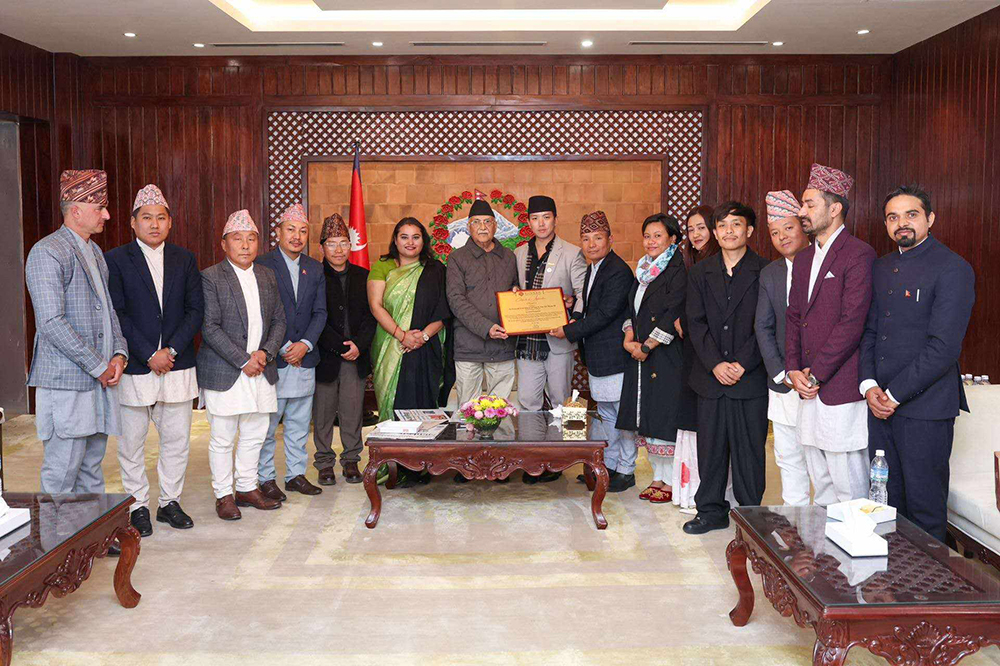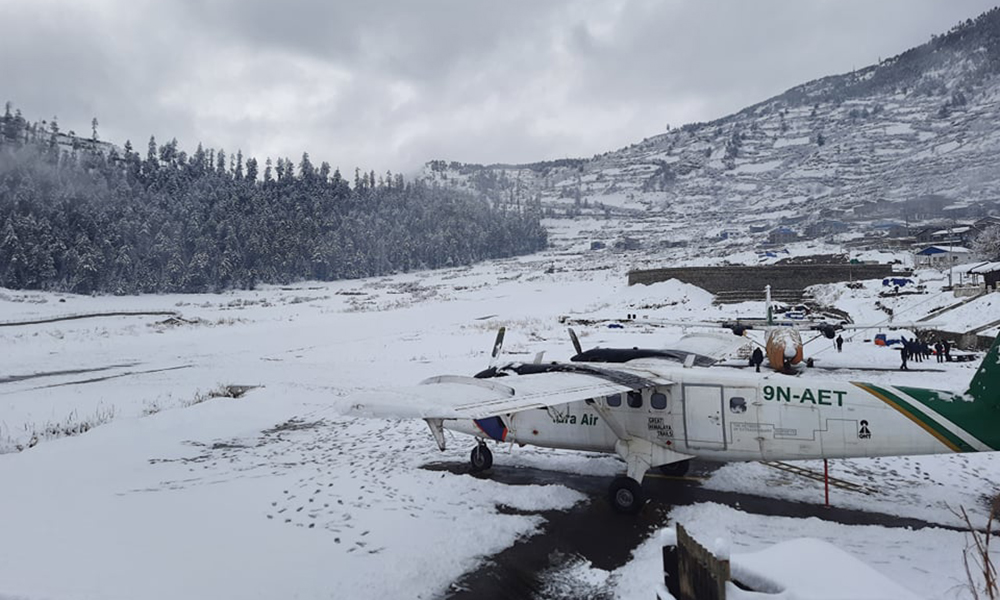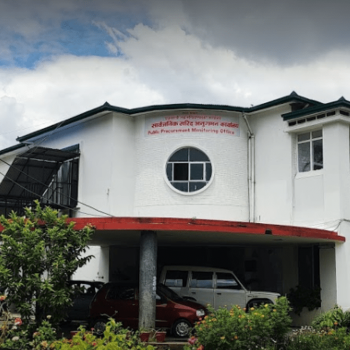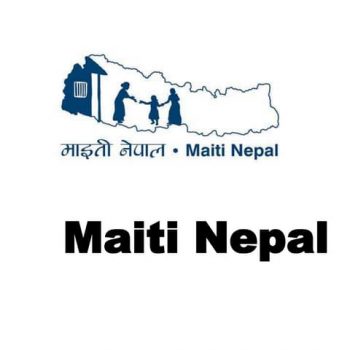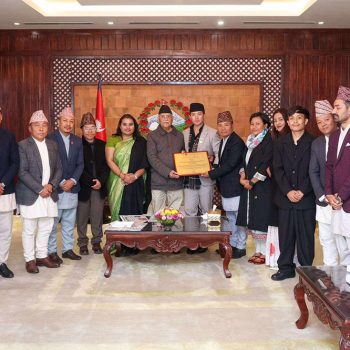Motivating young minds for snake conservation
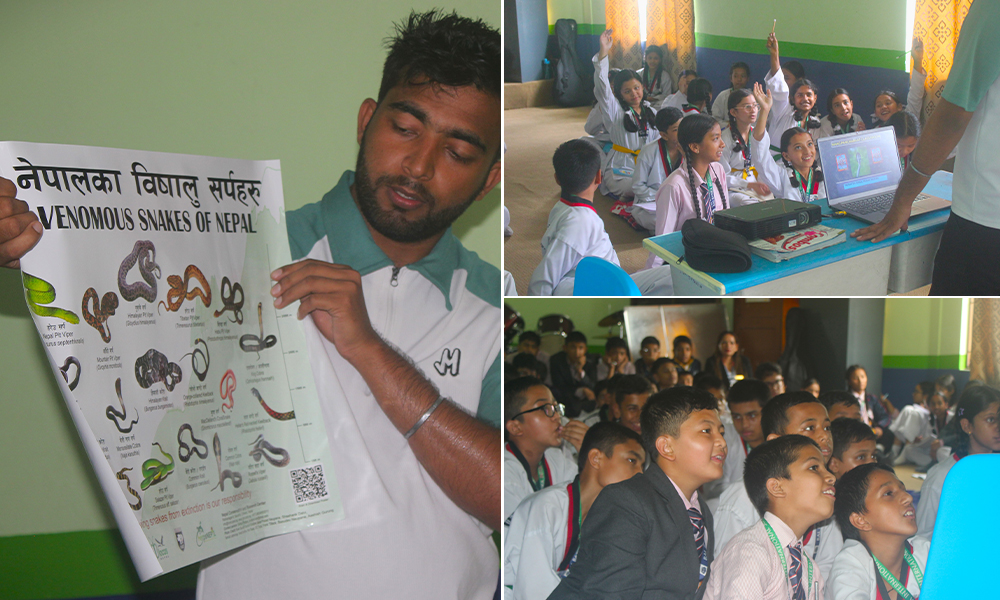
KATHMANDU : Nepal boasts a rich variety of snake species, with 84 different kinds, 19 of which are venomous and pose potential threats to human health. Snake awareness sessions in Nepal are crucial educational tools designed to equip the public with the knowledge and skills necessary to safely coexist with these reptiles. These sessions typically cover topics such as snake identification, understanding snake behavior, first aid for snake bites, and conservation efforts to protect snake populations and their habitats.
A key focus of these awareness sessions is to help students identify the snakes in their backyards and surroundings. By learning to recognize the physical characteristics and behaviors of different snakes, they can distinguish between venomous and non-venomous species. This knowledge is essential for making informed decisions when encountering snakes, whether in the wild or near human settlements, and can help prevent unnecessary harm to both humans and snakes.
On July 26, 2024, we conducted a snake awareness session for students in grades 7 to 9 at Bal Batika International School in Kathmandu. Seventy-five students, along with their teachers, attended the session. The young participants were educated on taking appropriate precautions to avoid potential snake incidents through a PowerPoint presentation. This knowledge empowers individuals to coexist peacefully with snakes and minimize risks associated with human-snake interactions. Additionally, a documentary on snakebite safety measures was screened, and posters titled “Venomous Snakes of Nepal” were distributed to the students to further their knowledge and enable them to educate their families and communities. This initiative received support from organizations such as the Katie Adamson Conservation Fund, Nepal Conservation and Research Center, Biodiversity Research and Conservation Society, and Biocos Nepal.
Moreover, snake awareness sessions in classrooms play a crucial role in promoting the conservation of snake species and their natural habitats. Through education and outreach, these sessions highlight the importance of snakes in the ecosystem and the threats they face from habitat loss, poaching, and human activities. By fostering appreciation and respect for snakes among young minds, these sessions encourage efforts to protect snake populations and preserve their roles in maintaining ecological balance. Conservation initiatives stemming from these awareness programs can help safeguard biodiversity and promote sustainable coexistence between humans and snakes in Nepal.
In conclusion, in the lowlands of Nepal, snakebite cases are often due to snakes like cobras and karait, while in Kathmandu and the midhills of Nepal, snakebites are primarily caused by vipers, especially the green pit viper, mountain pit viper, habu pit viper, and Himalayan pit viper. As snake antivenom is not easily accessible at clinics, health posts, or private hospitals, we conducted the outreach sessions in schools, which was the main objective of our program. Additionally, snake awareness sessions in classrooms are very important for educating students about snake safety, conservation, and coexistence. By providing essential information on snake identification, behavior, first aid for snake bites, and conservation efforts, these sessions empower students to make informed decisions when encountering snakes at home. Expanding such awareness programs in classrooms and communities throughout Nepal can foster a culture of respect and harmony with snakes, ensuring a safer environment for both humans and these fascinating reptiles.
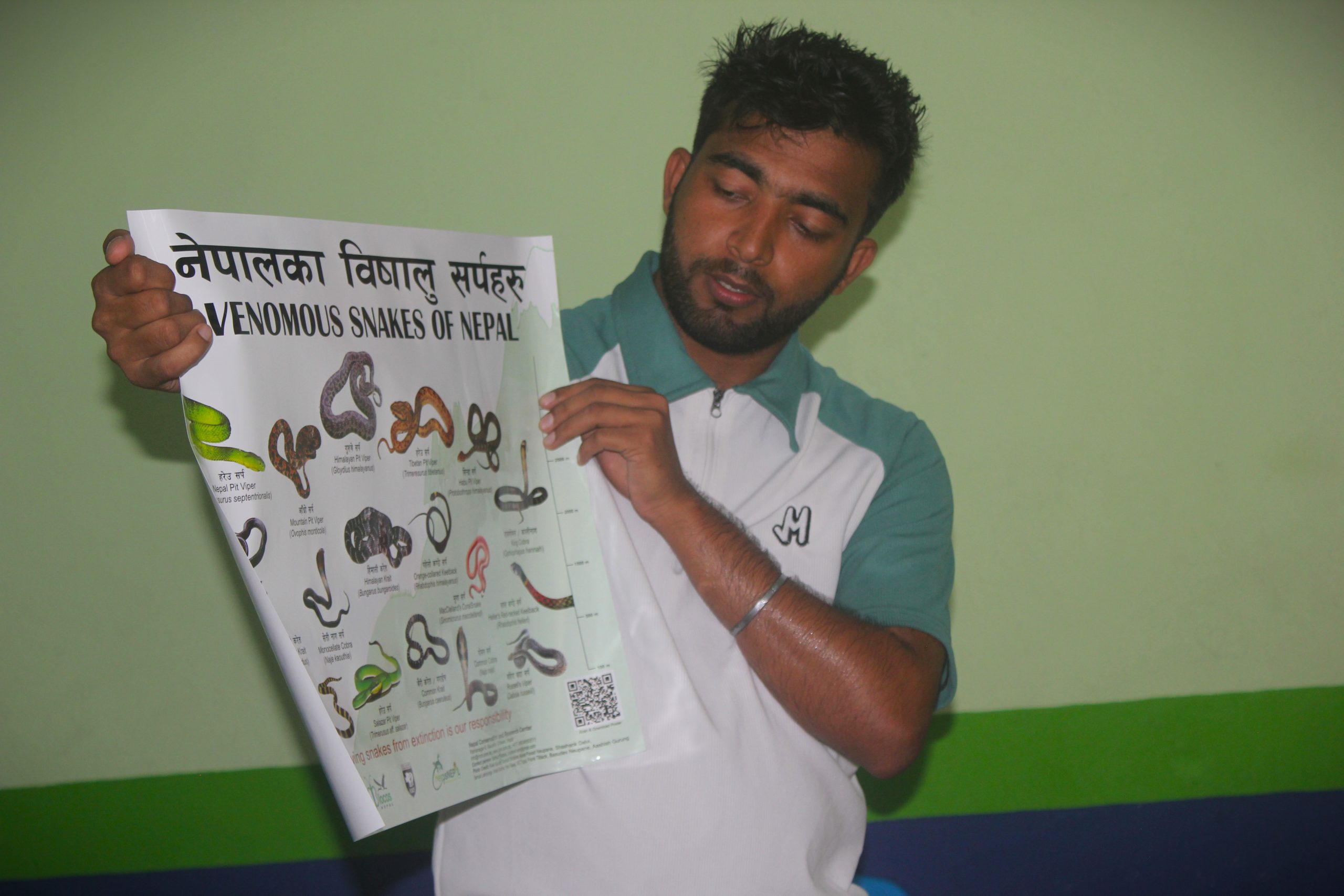


Photo credit : Bibhusan Dahal



